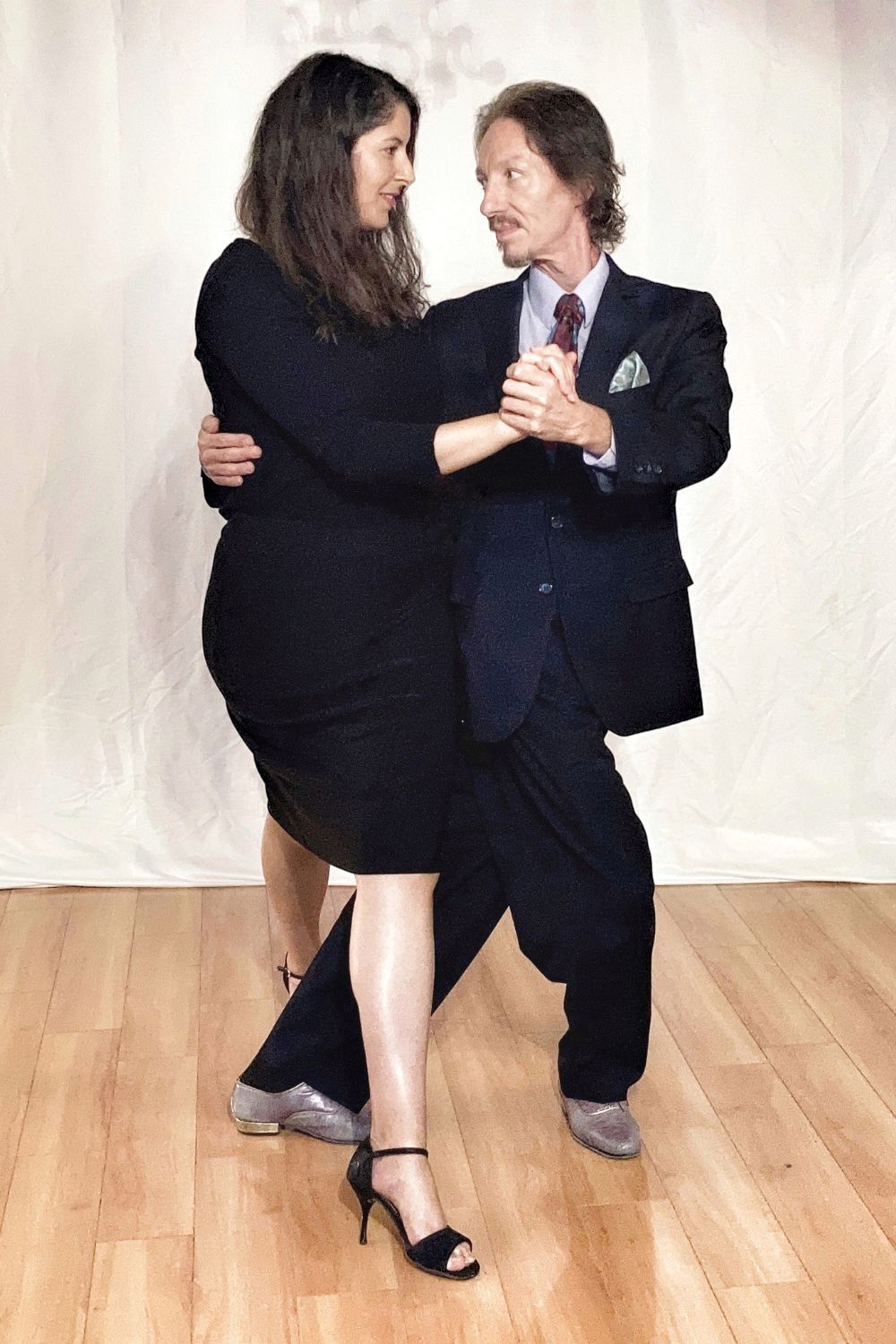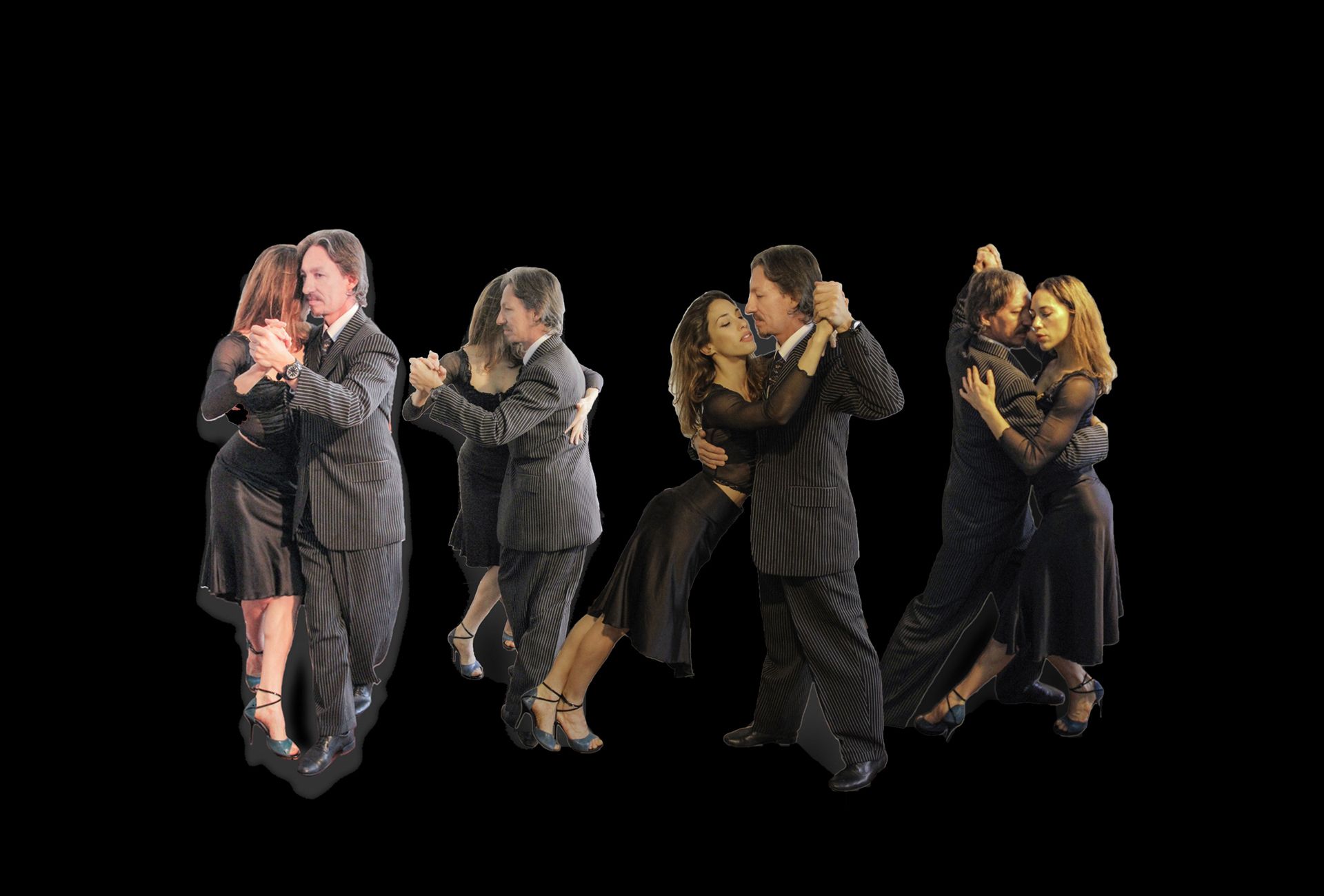Looking for tips about learning Argentine Tango dance?

Because you have realized the value of Tango, we are offering here a guide into your Tango journey.
You’ll become more yourself within a community.
Not everybody has the same sensitivity.
For me, that is Tango.
That is what I would like to share with you.
We mutually challenge each other to become better dancers.
The goal of becaming better dancers cannot be quantified.
-
1. Be disciplined, regular, and committed to your study of Tango. While dancing Tango is amusing, it is also different from other ways to amuse yourself. Choose these unique characteristics of Tango to be the main core of your dedication to learning it. Steps, choreographic patterns, socializing, close proximity to partners, are all aspects that Tango has in common with other dances and other kinds of activities. On the other hand, its music is unique; and, also, unique is the approach that milongueros have in relation to Tango: for them, Tango is not a “way of life”, but “Life” itself.
- 2. If Tango is life, then your Tango teacher is a life-coach. He or she is teaching you how to live Tango. Your relationship between you and your teacher is based on trust, mutual understanding, sympathy, and patience. Tango makes both of you meet at a very humane level, where both need to accept their own limitations and flaws, as well as good qualities. The potential for improvement of Tango is infinite. In the face of such a wide-open horizon, both student and teacher are students of Tango. Your teacher is your guide through Tango, but also your road companion. Choose carefully.
-
3. Tango is a world. Your Tango teacher is a bridge to it. Allow yourself to know that world, its inhabitants, its culture. A Tango teacher who is doing a good job will have different levels of approximation to your definitive contact with Tango and, eventually, living-breathing-existing-embodying Tango. The first pool in your “decanting” to Tango will be your teacher’s inner group of students. Not anyone who shows up to class, but those who show up in class regularly, and are noticeably there to learn about Tango. Be perceptive of this difference. Then, your teacher with or without this inner group will take you to your first local milongas. New questions will arise there, that you will need to discuss with your teacher. Eventually, you will visit Buenos Aires. You must trust your teacher with this. He or she, if authentic, is your most reliable connection to Tango in Buenos Aires.

Start learning Argentine Tango:
Watch, listen and read…

Latest Spotify playlist:




